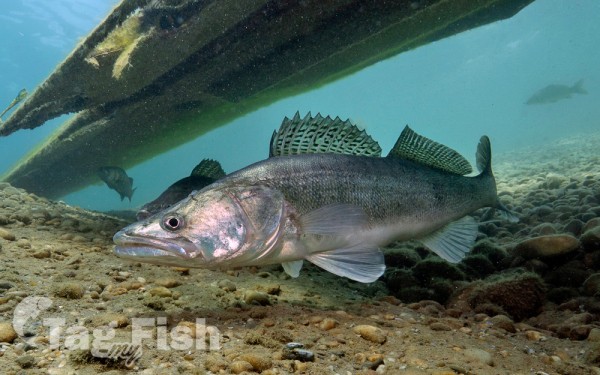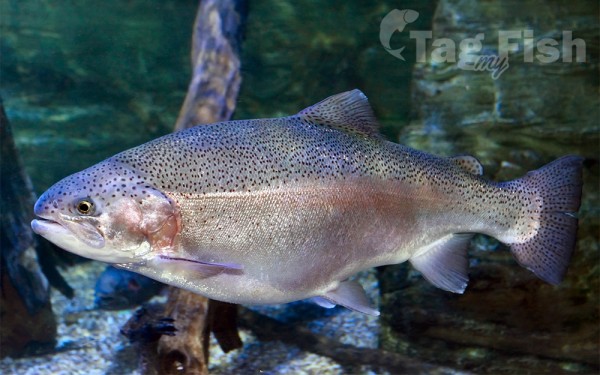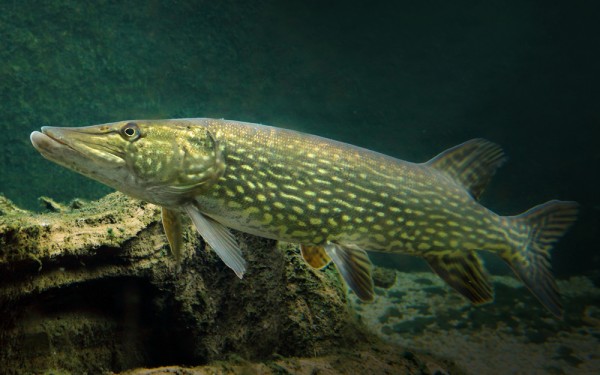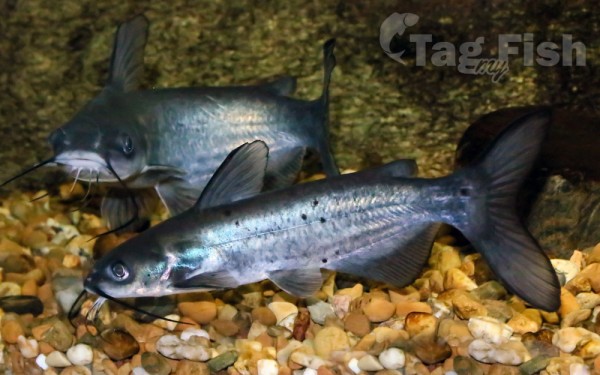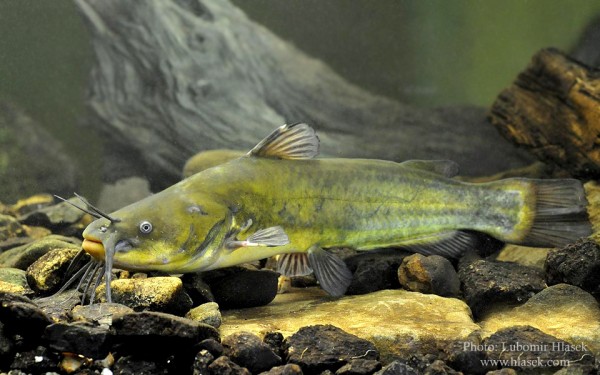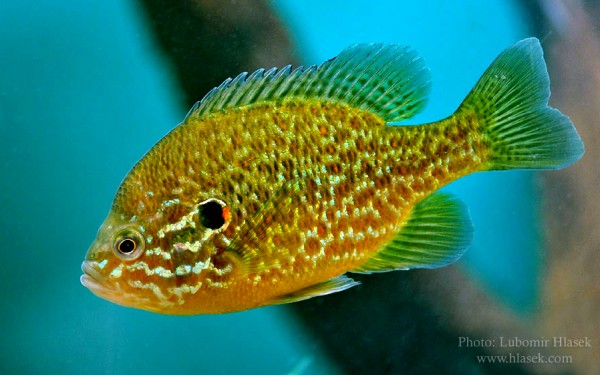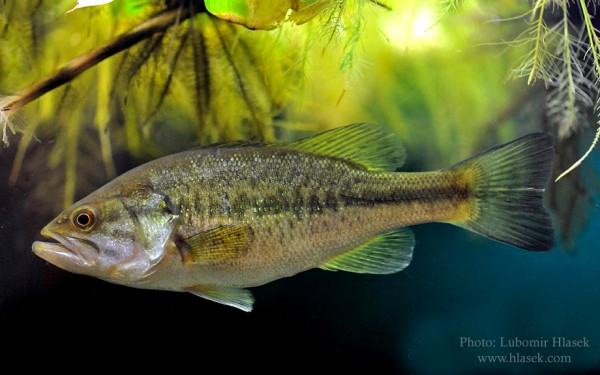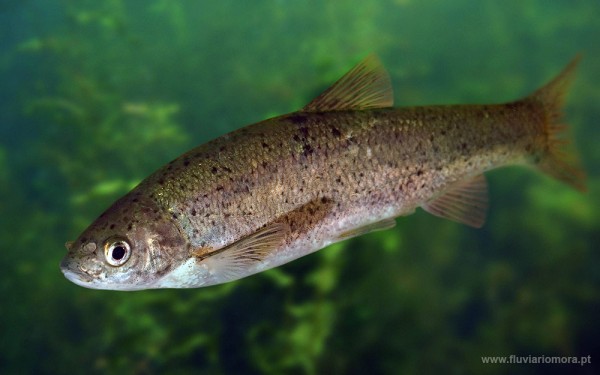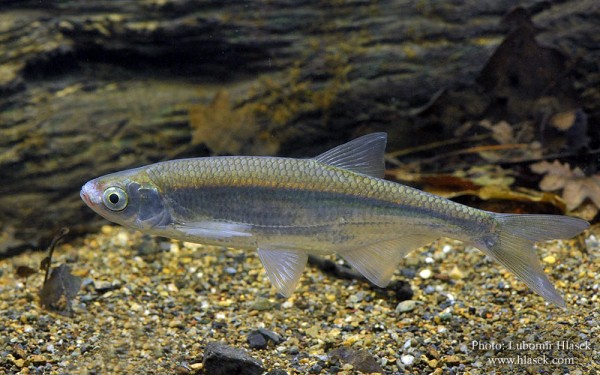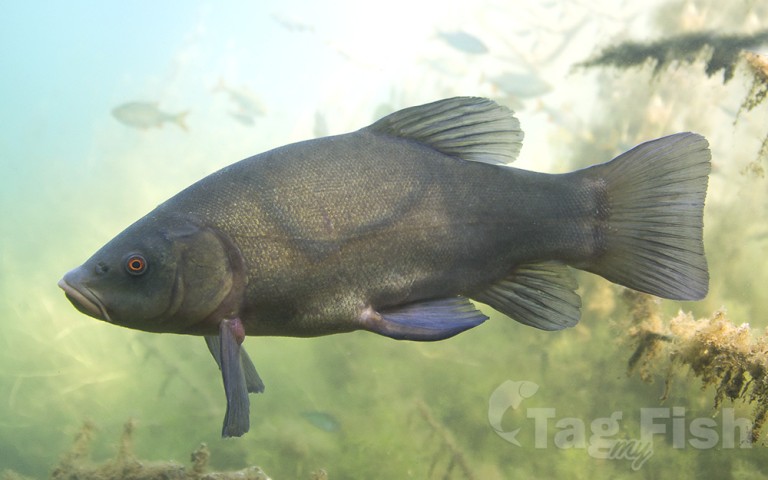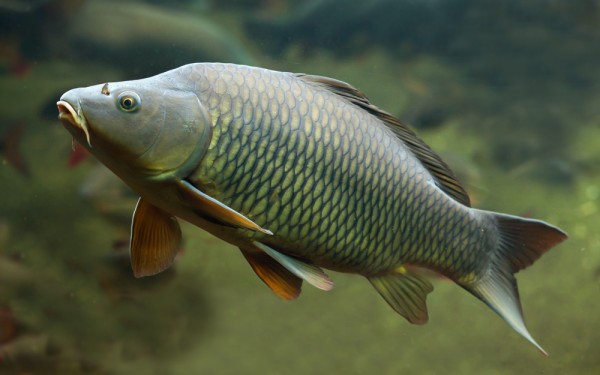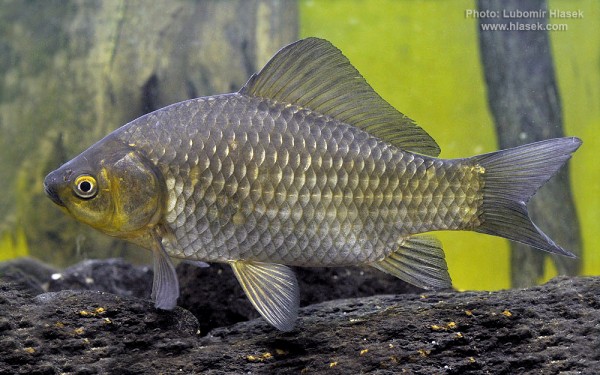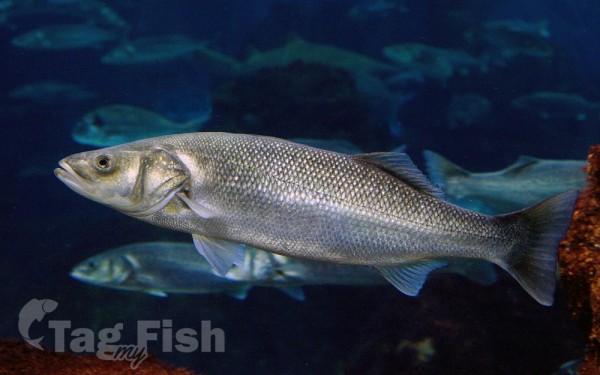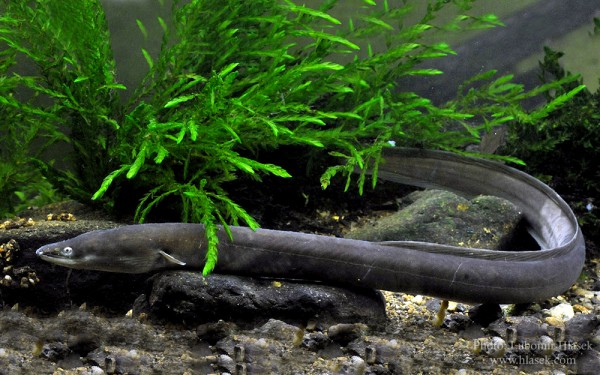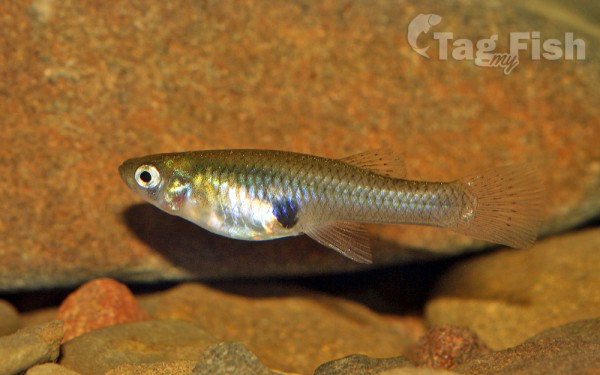Guadiana

Artificial lakes
Perciformes - Perches
Salmoniformes - Salmons and Trouts
Esociformes - Pikes
Siluriformes - Catfishes
Centrarchiformes - Basses and sunfishes
Cypriniformes - Carps
Moroniformes - Temperate basses
Anguilliformes - Eels and morays
Cyprinodontiformes - Toothcarps
Perciformes - Perches
Salmoniformes - Salmons and Trouts
Esociformes - Pikes
Siluriformes - Catfishes
Centrarchiformes - Basses and sunfishes
Cypriniformes - Carps
Moroniformes - Temperate basses
Anguilliformes - Eels and morays
Cyprinodontiformes - Toothcarps
Perciformes - Perches
Salmoniformes - Salmons and Trouts
Esociformes - Pikes
Siluriformes - Catfishes
Centrarchiformes - Basses and sunfishes
Cypriniformes - Carps
Moroniformes - Temperate basses
Anguilliformes - Eels and morays
Cyprinodontiformes - Toothcarps
The Guadiana River or Odiana, is an international river defining a long stretch of the Portugal-Spain border, separating Extremadura and Andalusia (Spain) from Alentejo and Algarve (Portugal). The rivers basin extends from the eastern portion of Extremadura to the southern provinces of the Algarve; the river and its tributaries flow from east to west, then south through Portugal to the border towns of Vila Real de Santo António (Portugal) and Ayamonte (Spain), where it flows into the Gulf of Cádiz.
With a course that covers a distance of 829 kilometres (515 mi), it is the fourth-longest in the Iberian peninsula, and its hydrological basin extends over an area of approximately 68,000 square kilometres (26,000 sq mi) (the majority of which lies within Spain).
In the Portuguese fraction of the hydrographic basin of the Guadiana River, there are three dozen species, 13 of which (about 43%) correspond to non-native species.
The majority of these introductions took place during the twentieth century, with some of these taxa showing a remarkable acclimatization to water courses, representing a serious threat to several Iberian endemisms, such as saramugo (Anaecypris hispanica). The species of exotic origin have undergone a marked increase over the last decades, and it should also be noted that the respective areas of distribution have been significantly expanded.
Among the main species of commercial interest that have survived are migratory species such as eel, lamprey, shad and saboga, and others such as mules, the barbs. To these species are added other, essentially marine, that at certain times of the year, the river rises with the tide: the corvina (or corvineta, because it is smaller), the gilded and the sea bass.




